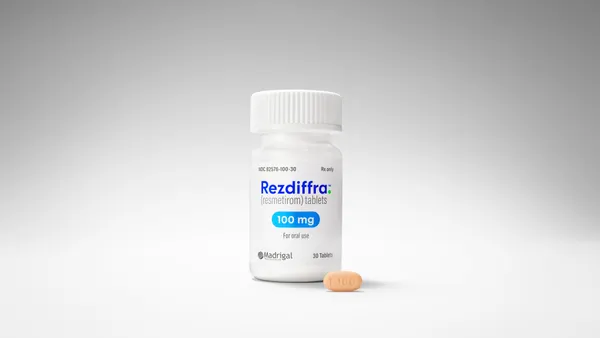Early-stage commercial spending can top $60 million for blockbuster products, according to Cutting Edge Information. With such high commercial investments come equally elevated risks that drugs will fail to reach the market or achieve less than their full commercial potential. It is critical that the right allocations of marketing dollars flow to the channels that need them most. Today, pipeline decisions depend as much on the drugs’ market attractiveness as they do on their science. Companies on the forefront of drug development infuse market-based information into the development process before drugs even reach animal testing or human clinical trials. According to analysts at Cutting Edge Information, initiating a few key marketing activities, such as market research, competitive intelligence, and target candidate profile development early in a product’s life cycle gives scientists and marketers alike the knowledge they need to weed out commercially unviable drugs. Instead, they can then replace them with drugs that fill unmet medical needs and fit tightly within corporate or business unit strategic plans. According to Jon Hess, senior analyst at Cutting Edge Information, with hundreds of millions of dollars in financial backing, some products carry the commercial fortunes of business units and even entire companies. As such, marketers make informed portfolio management and resource allocation decisions with timely and accurate data. Portfolio planning executives consider an array of critical factors when assigning marketing resources to early-stage products. These include: small or specialty drug vs. blockbuster product; treats chronic or acute symptoms; patient-driven market (life style) vs. physician-driven market (clear unmet medical need); targeted for specialist or generalist market; order to market (first to market vs. second or third); degree of differentiation from predecessor products in the therapeutic class; net present value of the drug; and the importance to strategic objectives. The challenge in achieving these objectives is bridging the R&D and marketing silos within most pharmaceutical companies. Companies such as Wyeth and Trubion already have begun to move in this direction. “At Wyeth, three-and-a-half years ago the R&D and commercial organization decided that operating at different poles wasn’t the right way to go,” says Robert R. Ruffolo Jr., Ph.D., president, research and development at Wyeth Pharmaceuticals, and senior VP at Wyeth. “We integrated the commercial organization into everything R&D does, from the earliest parts of discovery through the management of early-clinical and late-clinical development. Specifically, the first thing we did was set up a Development Council, which approves every drug that goes into development and monitors its development all the way through to market and beyond.” “Everybody knows that marketers need to look at the size of the market, identify the competition, and evaluate the strengths and weaknesses of each product,” says Daniel J. Burge, M.D., senior VP of clinical development at Trubion Pharmaceuticals Inc. “The real art is combining the marketing input with the science, and having the ability to interweave this information into the design of the protein.” Taren Grom Editor Tension between R&D and the commercial organization exists throughout the industry. Often the objectives of the two groups are different. Scientists may want to follow the science, which is not always clinically and commercially viable. Commercial folks will appropriately optimize the return on investment, which may not be scientifically the best thing to do. Uniting R&D and Marketing
An article from












